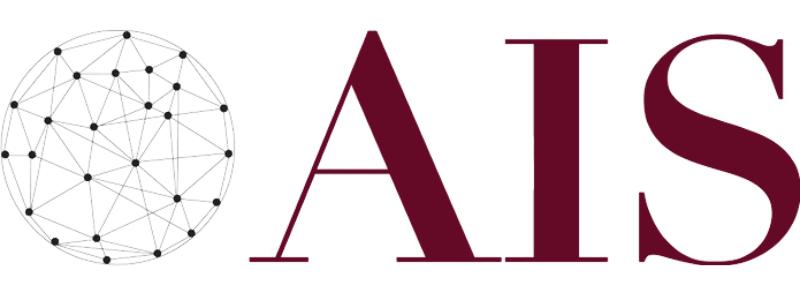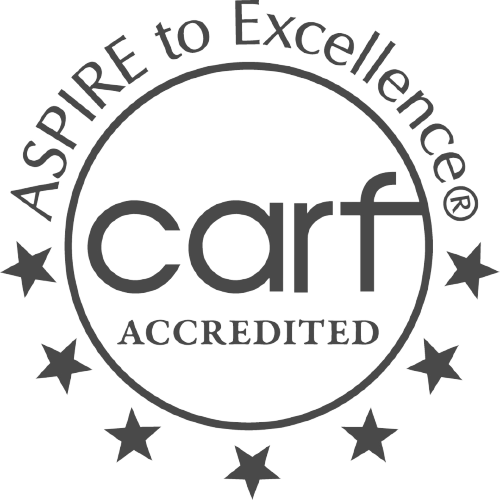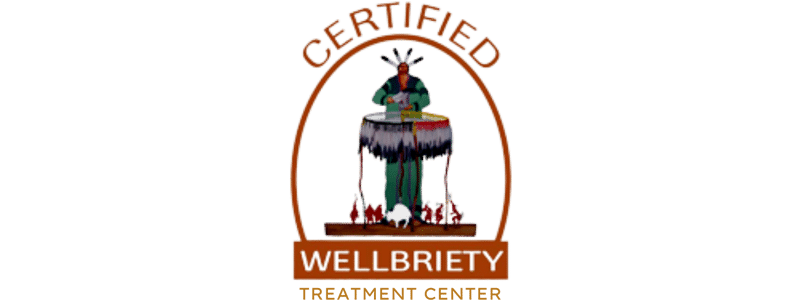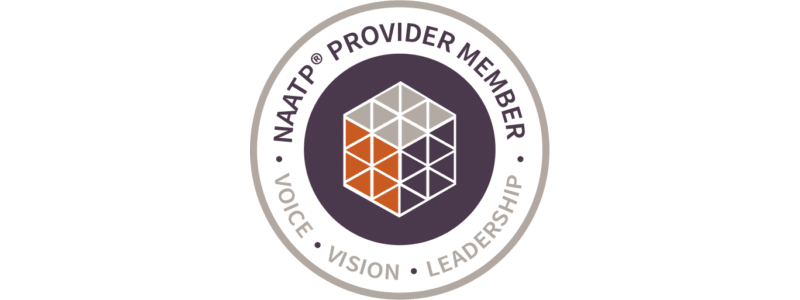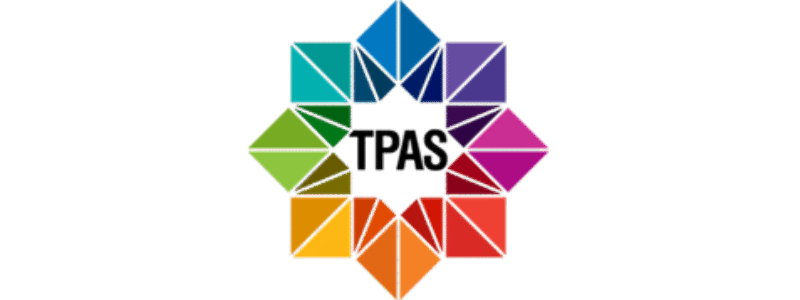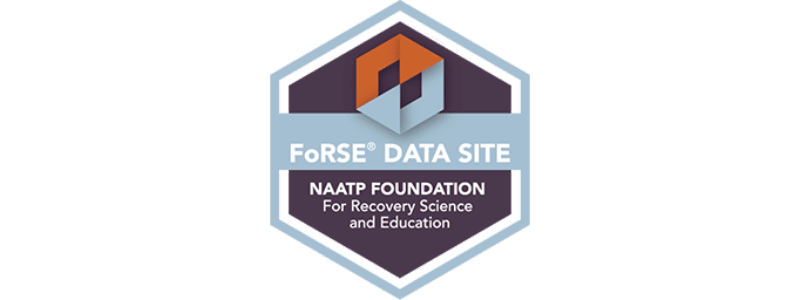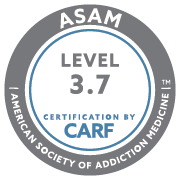Millions of Americans from all walks of life are addicted to heroin and prescription opioids. The problem has become so devastating to our way of life, it has reached what many addiction experts are calling “epidemic proportions.”
Here are some statistics that will help put America’s opioid epidemic into perspective:
- The Center for Disease Control and Prevention (CDC) reported that in 2016, there were more than 63,600 fatal overdoses in the United States. This is the highest number of drug-related deaths in a single year in American history.
- According to the National Institute on Drug Abuse (NIDA), approximately 115 people die every day in the United States from an opioid overdose. Opioid overdoses increased 30 percent from July 2016 through September 2017 in 52 areas in 45 states.
- NIDA reports that about 80 percent of people who use heroin first misused prescription opioids.
- NIDA also reports that 4.6 million women (or 3.8 percent) ages 18 and older have misused prescription drugs in the past year. Every three minutes, a woman goes to the emergency room for prescription painkiller misuse or abuse.
In October 2017, President Donald Trump declared the national opioid crisis a public health emergency. As a result, governmental agencies have allocated funds to fight the epidemic through education and awareness. Here at New Directions for Women, we are on the front lines. We believe the best way to fight the opioid crisis is by treating one addicted woman and family at a time. We help those who are addicted to heroin and prescription opioids reclaim their lives and find freedom.
In this article, we will answer some of the most commonly asked questions about opioid addiction and how it affects women.
What Is The Difference Between Opioids And Opiates?
Many people confuse “opioids” with “opiates” and use the two terms interchangeably, but opiates and opioids are different. Both are derived from the opium poppy plant, which grows in temperate climates around the world – including Mexico, Columbia, and Afghanistan. However; opiates are all-natural forms of the poppy plant and opioids are semi-synthetic compounds.
For example, heroin, Morphine, and Codeine are all considered “opiates” because they are all naturally derived from the opium plant. Pharmaceutical drugs like Hydrocodone, Oxycodone, Fentanyl, and Percocet are considered “opioids” because the they undergo a chemical process involving synthetic (or non-natural) ingredients.
Because there has been some confusion about “opiates” and “opioids,” most people just use the blanket term “opioids” to describe any drug that is derived form the opium poppy plant. Yes, we understand this is still somewhat confusing, but we thought it was important to make this distinction. We want you to understand that opiates and opioids (while very similar) are not the same thing.
Why Are Opioids Drugs So Addictive?
People become addicted to heroin or prescription opioids for different reasons. Many people sustain an injury or have legitimate pain and they are legally prescribed prescription opioids from a doctor. They begin to abuse their medication and they become addicted.
Many people who become addicted to drugs like Hydrocodone or Oxycodone will turn to heroin as an alternative because it is cheaper and easier to get. Others become addicted to heroin because they are curious and decide to experiment with the drug. Before long, they become hopelessly addicted.
The simple answer to why opiates and opioids are so addictive is because they make you feel good. They produce a euphoric high that causes the user to feel relaxed, calm, and sedated. The problem is that opioid drugs are highly addictive and dangerous substances that quickly result in a cycle of addiction. This cycle is driven by obsession, compulsion, tolerance, and withdrawal.
What Is The Cycle Of Opioid Addiction?
Essentially, someone who is trapped in the cycle of opioid addiction is enslaved to their drug of choice. Here’s how it happens:
- When someone becomes addicted to heroin or prescription opioids, they become mentally obsessed with thoughts of getting more. Their whole life and thinking becomes centered around getting high. Everything else takes a back seat.
- Once someone begins using opioids, they develop a physical compulsion to continue using the drug in spite of the negative consequences. Although they may have a sincere desire to stop the addictive cycle – and may even attempt to quit cold turkey – they quickly find that obsession and compulsion to get high is too powerful to overcome with willpower.
- Because the body quickly develops a tolerance to the drug, more and more of the stuff is needed to get the same effect. Once tolerance sets in, someone who is addicted to opioids will become physically dependent on the drug to function.
- When the body becomes dependent, it will go through physical withdrawal if it does not get more opioids. Withdrawal symptoms include sweats, chills, head-to-toe body aches, nausea, vomiting, diarrhea, and extreme cravings for more opioids. Furthermore, someone can experience seizures, coma, and even death from opioid withdrawal. These symptoms are so severe that an opioid addict will return to the drugs again and again just to find some physical relief.
The cycle of addiction cannot be arrested with willpower. Someone who is hooked on opioids needs professional help to be restored to sanity.
How Is Opioid Addiction Treated With Medication?
Those who are addicted to opiates or opioids sometimes undergo Medication-Assisted Treatment (MAT), also known as Opioid Replacement Therapy (ORT). According to the Substance Abuse and Mental Health Services Administration (SAMHSA), “Medicated-Assisted Treatment (MAT) is the use of FDA- approved medications, in combination with counseling and behavioral therapies, to provide a whole-client approach to the treatment of substance use disorders.”
Naltrexone is one of the most commonly used medications prescribed to treat opioid addiction. Medications are prescribed over an extended period of time – usually six months to a year. They replace heroin or prescription opioids and work to reduce cravings and lessen withdrawal symptoms. The dosage of these medications is slowly lowered to prevent relapse until the addicted person is completely opiate or opioid-free.
What Other Kind of Treatment Methods Are Used To Treat An Opioid Addiction?
Treating opioid addiction with medication is only half the story. As previously explained, MAT should be used in combination with counseling and behavioral therapies.
Those who are hooked on opioids not only need to address the physical aspect of their substance use disorder problem, they also need ongoing professional addiction treatment to learn coping skills and relapse prevention strategies. Plus, those who are addicted should be introduced to the spiritual process of the 12 steps where they can come to terms with their own powerlessness and build a relationship with a higher power of their understanding.
Many choose not to undergo MAT because they don’t want to prolong the process of getting off opioids. They may complete a short-term professional medical detox to get the drugs out of their system and then get on with the process of treatment.
How Does Opioid Addiction Affect Pregnant Women?
We feel that it is important to mention that many addicted women get pregnant and find that they cannot stop the cycle of addiction – even though they have a sincere desire to protect their unborn child. It is not uncommon for those who are addicted to opioids to continue to use their drug of choice throughout their pregnancy. In fact, NIDA reports that a baby is born addicted to opioids every 25 minutes in the United States.
When a baby is born addicted to heroin or prescription opioids, they experience Neonatal Abstinence Syndrome. This means that their first few weeks of life are spent going through withdrawal. This can lead to health complications for the baby, which can lead to long-term developmental problems and serious medical conditions.
How Can I Get Help For An Addiction To Opiates or Opioids?
At our affordable, caring, and CARF accredited facility, New Directions for Women provides rehabilitation treatment services for women suffering from alcoholism, drug abuse, and other chemical dependency problems. We welcome pregnant women and encourage mothers to bring their children. Our award-winning treatment center has a very high recovery rate because we offer evidence-based treatment to ensure long-term sobriety.

